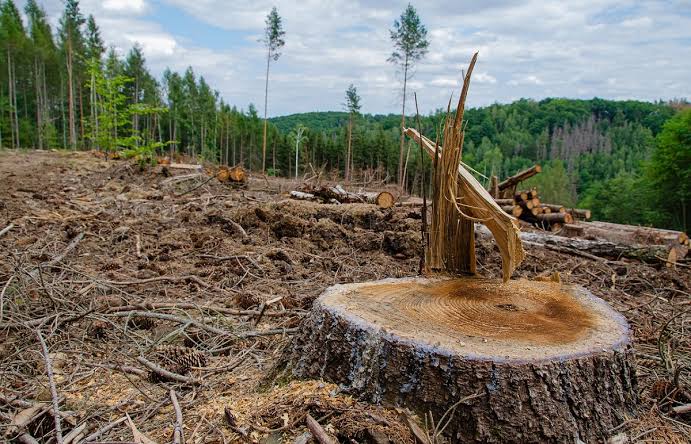Worldwide, deforestation and farming practices are responsible for the degradation of vital ecosystems. While there is a significant amount of interest in climate mitigation by restoring those degraded lands with forests and other ecosystems, it is unclear how feasible that would be and the resulting benefits.
Previous studies have not considered the effects of ecosystem restoration on available water resources and in environments with water constraints. Water scarcity is already a key issue worldwide that is likely to only get worse in the future.
Josh Fisher, Associate Professor of Environmental Science at Chapman’s Schmid College of Science and Technology says, “There is a lot of interest in climate mitigation by restoring those degraded lands with forests and other ecosystems. This study is exactly what is needed to put the idea of ecosystem restoration as a nature-based climate solution into actual practice.”
The study, led by scientists on four different continents and published in Nature Water, is an assessment of how much of those lands could be restored, the amount of carbon that could be captured from the atmosphere and put into those restored lands (to mitigate climate change), and how much water is required to support those ecosystems. The authors then compared those water requirements to actual and projected future water availability.
The findings provide a nuanced understanding of the trade-offs and synergies between carbon sequestration goals and water security, offering an empirical framework to guide the sustainable implementation of ecosystem restoration strategies.
Key findings
Their analysis reveals that maximal carbon restoration on global land would lead to a 26% decline in global water availability per capita. In the current period, 38 of the 175 countries would experience a more than 100% decline, essentially depleting their water resources.
Similarly, 20 countries currently without water scarcity would transition into conditions of water scarcity under maximal carbon restoration, especially Australia. Conversely, 58 countries would experience increased water availability per capita.
Overall, the results suggest that carbon restoration could adversely impact water security in most countries, particularly in dry regions and densely populated areas.
As countries delineate their net-zero strategies, the differential trade-offs between carbon storage and water resource management across different climatic, ecological, and societal contexts must be judiciously considered.
This study serves as a foundation for more synergistic integration of carbon restoration and water security objectives, guiding policymakers, researchers, and practitioners alike.

